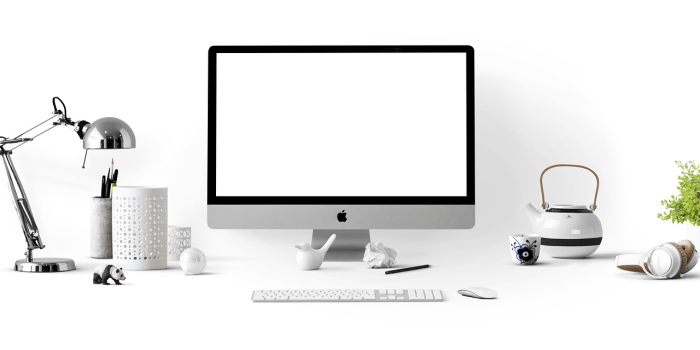In the ever-evolving digital landscape, staying ahead of the curve is crucial for web designers. As we step into 2023, it’s essential to keep up with the latest trends and innovations in web design. By embracing these trends, you can create visually stunning, user-friendly, and immersive websites that captivate your audience. In this blog post, we’ll explore some of the prominent web design trends that will dominate the industry in 2023, helping you to stay at the forefront of the ever-changing web design world.
Dark Mode:
Dark mode has gained significant popularity in recent years and shows no signs of slowing down. In 2023, expect to see an increasing number of websites adopting dark themes. Dark backgrounds not only offer a sleek and modern aesthetic but also provide improved readability and reduced eye strain, especially in low-light environments. Incorporating dark mode into your designs can enhance the overall user experience while creating a sense of elegance and sophistication.
Minimalistic and Clean Layouts:
In the era of information overload, minimalistic and clean web design layouts continue to gain traction. Simplified layouts with ample whitespace not only enhance visual appeal but also improve the user’s ability to focus on the content. By removing unnecessary clutter and simplifying navigation, designers can create intuitive interfaces that promote seamless user interactions and enhanced readability.
Microinteractions:
Microinteractions refer to subtle animations or interactive elements that engage users and provide feedback on their actions. In 2023, microinteractions will play an even more significant role in web design. These small but meaningful interactions, such as button hover effects, loading animations, or scroll-triggered animations, can greatly enhance the user experience, making it more interactive, dynamic, and engaging.
3D Elements and Illustrations:
With advancements in technology, incorporating 3D elements and illustrations into web design has become increasingly accessible. By leveraging 3D graphics, designers can add depth, realism, and interactivity to their websites. From 3D product showcases to interactive 3D animations, these elements can create memorable and immersive experiences, ultimately capturing the user’s attention and leaving a lasting impression.
Voice User Interface (VUI):
Voice assistants and smart speakers have become an integral part of our lives, and their impact on web design cannot be ignored. As VUI continues to grow, incorporating voice-controlled interfaces into websites will become more prevalent in 2023. Designers will need to consider voice interactions, conversational interfaces, and optimize their designs to ensure a seamless user experience for those accessing websites through voice commands.
Accessibility and Inclusivity:
Inclusivity and accessibility have rightfully taken center stage in web design. As more people access the web using various devices and with different abilities, it’s crucial to create designs that accommodate everyone. In 2023, designers will continue to prioritize accessible color schemes, legible typography, and responsive layouts. By implementing accessible design principles, you can ensure that your websites are usable and enjoyable for all users.
Conclusion:
Staying ahead of the curve in web design requires continuous learning, adaptability, and a keen eye for emerging trends. By embracing the trends mentioned above—dark mode, minimalistic layouts, microinteractions, 3D elements, VUI, and accessibility—you can create modern, immersive, and user-friendly websites in 2023. Remember, web design is a dynamic field, so it’s crucial to stay informed, experiment, and push the boundaries of creativity to deliver exceptional web experiences that captivate and engage your audience.
